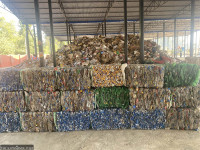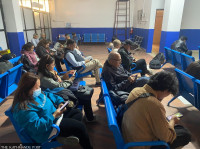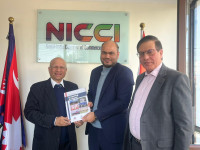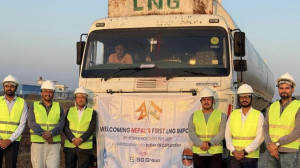Money
Nepal adds 150mw of hydro energy in 2017
The country’s energy sector marked the beginning of 2017 with addition of 50MW of electricity to the national grid.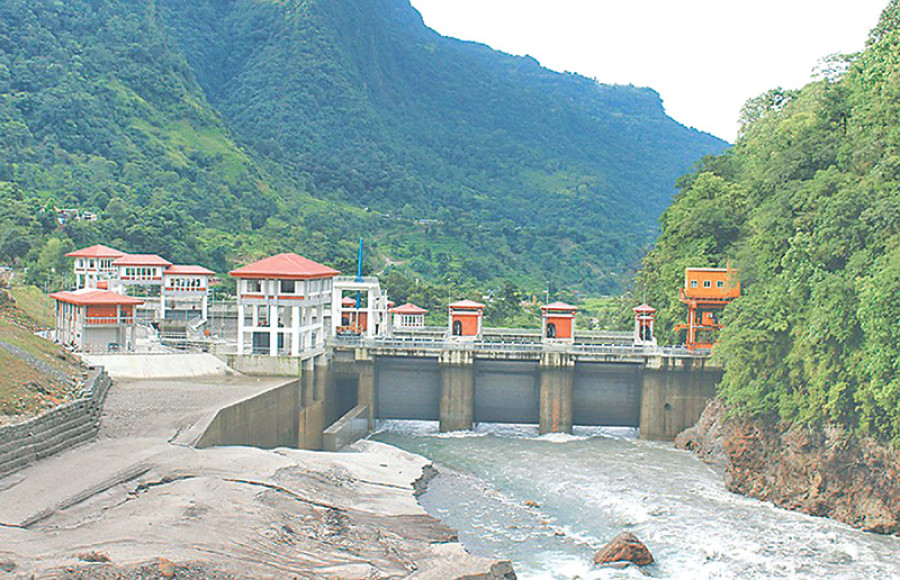
Bibek Subedi
The country’s energy sector marked the beginning of 2017 with addition of 50MW of electricity to the national grid. The power was generated by Lamjung-based Upper Marshyangdi-A Hydroelectric Project. As the year 2017 drew to a close, 15 other hydropower projects with total installed capacity of around 100MW started generating electricity, giving a much needed lifeline to Nepal’s energy sector suffering from acute power shortage.
Altogether, 16 hydropower projects with total installed capacity of around 150MW started generating electricity in 2017.
These projects were built by private companies while Nepal Electricity Authority (NEA)—the state owned power utility—contributed nothing in electricity generation in 2017.
Nevertheless, the construction work of a few key projects owned by the NEA was carried out at war footing with these projects set to generate electricity within a few months.
One such example is the Chameliya Hydropower Project, which will start generating 30MW of energy within a couple of weeks. Likewise, the 456MW Upper Tamakoshi Hydropower Project owned by the NEA is nearing completion, with more than 90 percent of the construction finished. It is set to generate electricity in July.
Along with these hydropower projects, the energy sector also witnessed a major milestone in the area of transmission line construction. The 132 kV Blanch-Attariya
transmission line which will evacuate electricity produced by Chameliya Hydropower Project to the national grid, has been brought into operation.
Recently, the NEA successfully conducted tests of the crucial transmission line that links hilly areas in the far western region to the national power grid in far western business hub of Attariya.
However, other transmission line projects failed to make a headway as they were bogged down by delays. One of the main reasons behind the delay was the inability to secure rights-of-way (ROWs) from private landowners. The ROW refers to the land where transmission towers are erected and the corridor above which the electricity cables pass through. Majority of the projects are facing disputes with private landowners who are demanding compensation well above the existing provision of 10 percent of the value of the land to award ROW of their land parcels.
The Energy Ministry, in January, formed a taskforce to recommend a modality on securing ROWs from private landowners to develop transmission corridors, but it is yet to submit a report.
On the other hand, there was noteworthy achievement in the development of the cross-border transmission lines with Nepal and India agreeing to construct 400kV New Butwal-Gorakhpur cross-border transmission line; and Nepal and China signing memorandum of understanding to construct 500kV power line linking Rasuwagadhi and Kyirong across the northern border.
Nepal has already arranged funds to develop the portion of New Butwal-Gorakhpur transmission line that falls within its territory. It is planning to build the line in its territory using the grant provided by the Millennium Challenge Corporation (MCC), an independent US government agency. An agreement to this effect has been signed. On the other hand, China has proposed to build the 500kV power line through its grant financing.
The year 2017 also witnessed another major milestone with Parliament endorsing Electricity Regulatory Commission Act 2017 paving the way to establish Nepal Electricity Regulatory Commission (NERC), an independent body to regulate the power sector of the country. The law has allowed the Energy Ministry to establish regulatory commission to govern entire organisations and entities of the power sector. This body will supersede the existing Electricity Tariff Fixation Commission.
The commission, according to the act, will also establish a code that various entities under its jurisdiction will have to follow. The code will specify standards for the construction of hydropower plants, transmission lines and distribution networks. It will also determine the voltage of electricity that will be supplied to customers.
Last year, the Energy Ministry also issued a power purchase guideline introducing a range of rates at which reservoir, peaking and run-of-the-river projects could sell electricity to the state-owned power company. The introduction of the guidelines will accelerate the pace of signing power purchase deals.
Likewise, the ministry has also issued a guideline to sign dollar-denominated power purchase agreements with hydropower projects that resort to foreign loans. As per the guidelines issued by the ministry, NEA will make payment in convertible currency for a period of 10 years or until the time the project pays back the foreign debt whichever is earlier. NEA, however, cannot sign dollar-denominated PPA with projects if portion of foreign debt exceeds 80 percent of the total project cost.




 8.12°C Kathmandu
8.12°C Kathmandu
